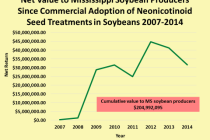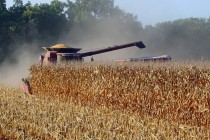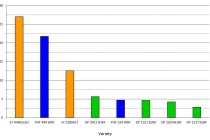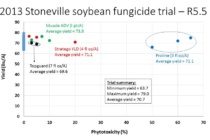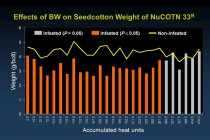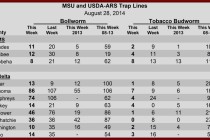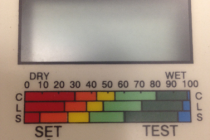November Cotton Market Update
Monday’s Crop Production and World Agricultural Supply and Demand Estimates reports from USDA reversed last month’s changes and increased the expected size of the U.S. crop. Total U.S. production is forecast at 16.4 million bales, up 140,000 from October. The national yield was raised

